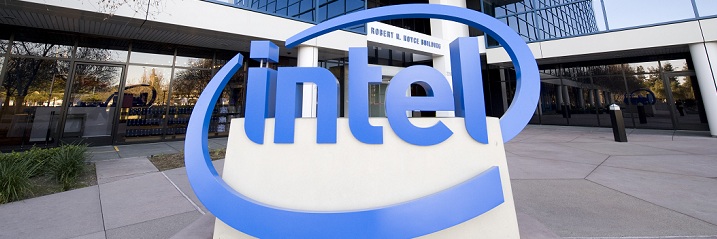Intel will start to produce the first 14nm circuits in early 2013 in small scale, for internal tests, validation and troubleshooting for coming products. The manufacturing technology is expected to come first where it makes the most use – LTE/4G.
Intel has geared up for 2012, with a boost in CapEx (Capital Expenditures, investments for generating future profits) with twice as much from 2011 to 12.5 billion dollar. The major part of this money is expected to go into upgrading existing fabs and building new ones. Also the R&D budget has increased to 21 percent over last year, which results in 10.1 billion dollar that will go into research and development. The increase is so high that it is expected to consume the extra profit Intel will generate this year over last.
The LTE/4G support has besides much better bandwidth in modbile devices, also much better battery times. We can see this with Apple’s new iPad with high resolution screen and LTE/4G, which has a 42.5 Wh battery to offer the same battery time as the successor iPad 2 with 25 Wh. The company has announced it will compete on this market using its world leading manufacturing technologies, especially against ARM manufacturers. The company that is trying to break into smartphones is now said to use the coming 14 nanometer technology where it is needed the most.
Lenovo K800 – world’s first smartphone with system processor from Intel
Intel is working on a LTE/4G circuit built on the coming 14 nanometer technology and if we are to believe the stories it will be completed around the Summer 2013. This would give the company the complete solution that it needs to seriously compete with ARM arctors, in terms of energy efficiency. x86 processors that is a bit more complicated should not appear until 2014 according to Intel’s Tick Tock strategy. It is then a new Atom processor and the successor to Haswell, Broadwell that is coming.
Source: SemiWiki





















Leave a Reply